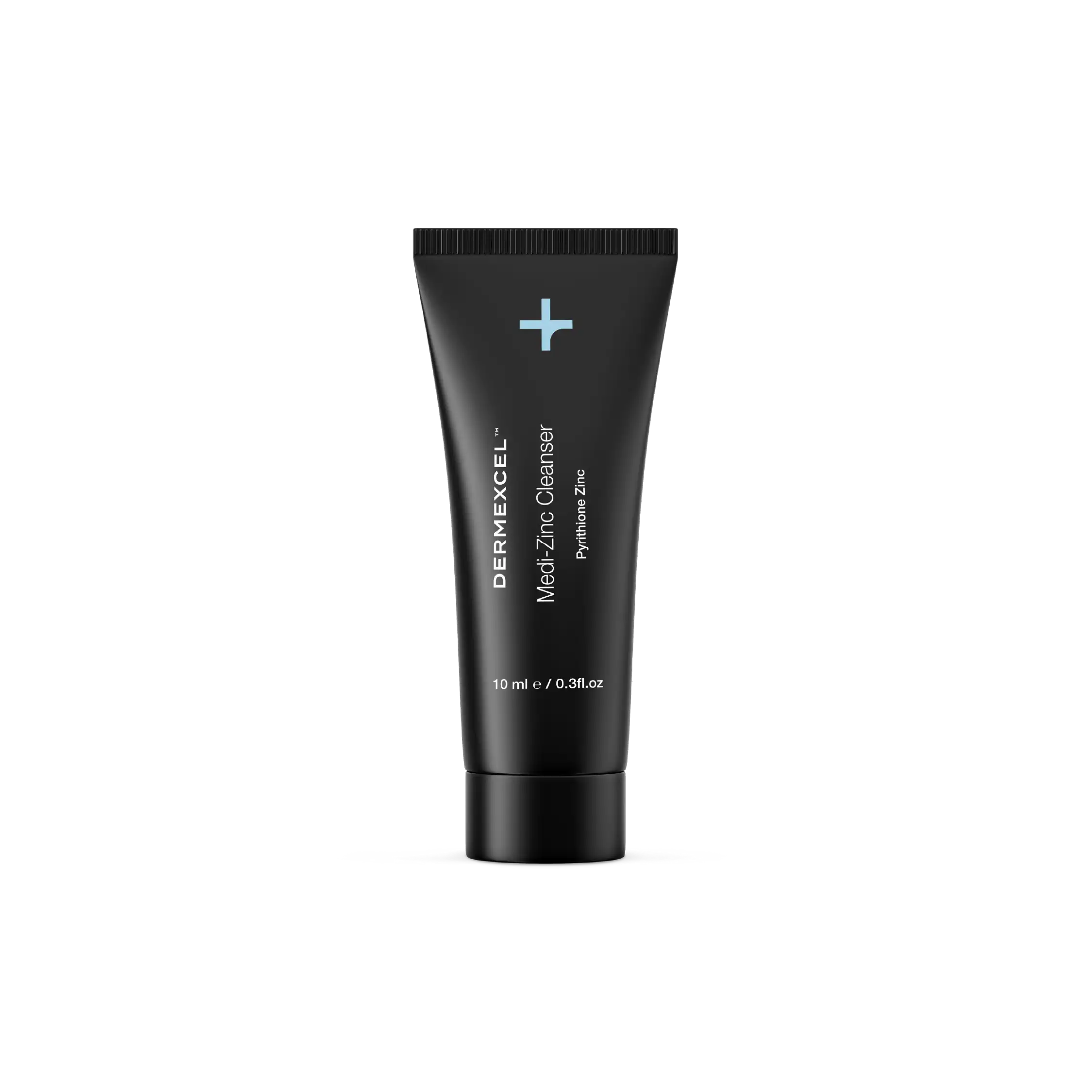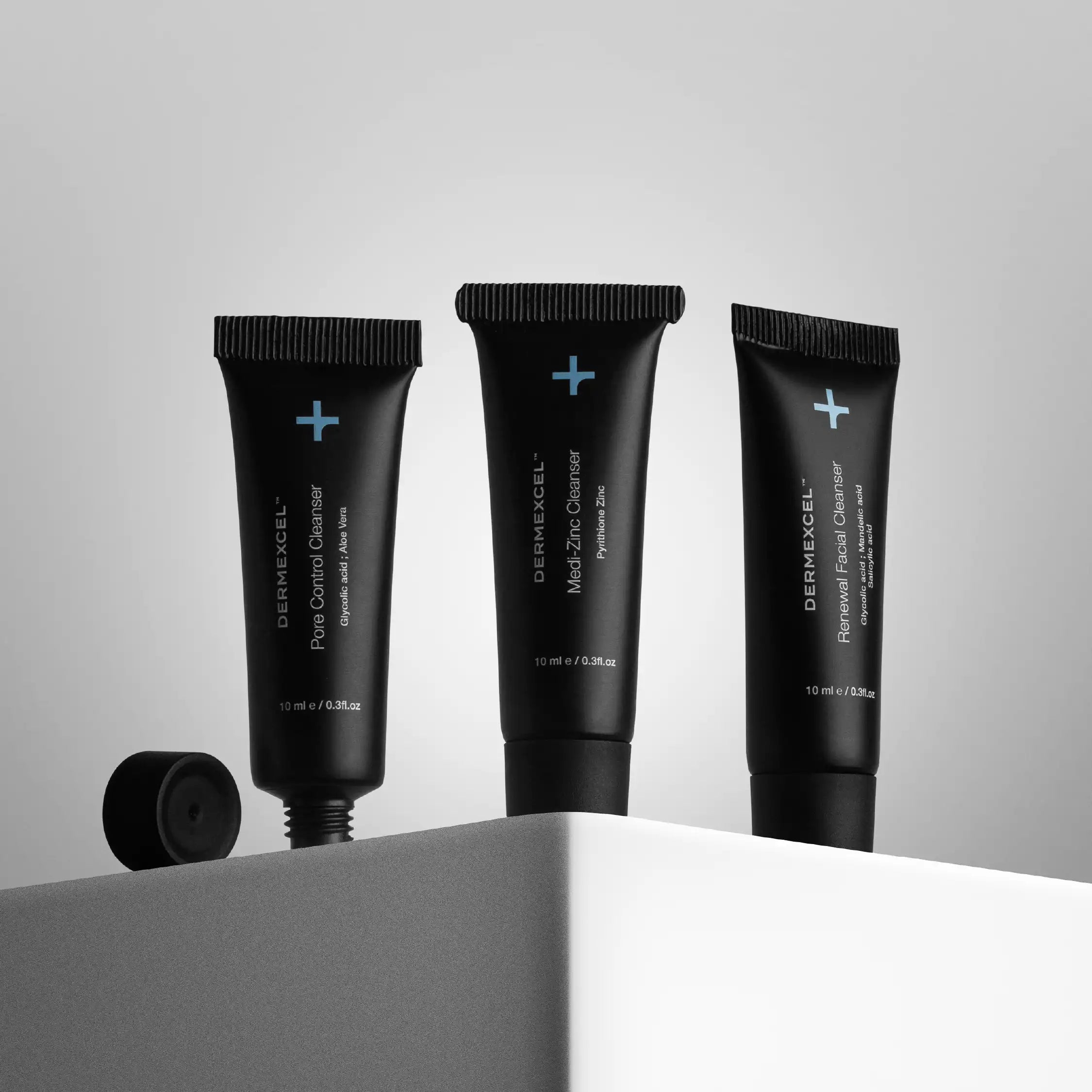Aqua, Polyethylene Glycol, Coco-Glucoside, Cocoamidopropyl Betaine, Sodium Lauroyl Sarcosinate, Zinc Pyrithione, Phenoxyethanol & Ethyl hexyl Glycerin, Acrylates Copolymer, Triethanolamine, Coco-Glucoside & Glyceryl Oleate
Medi-Zinc Cleanser: Travel Size
product benefits
Antibacterial and Anti-fungal Action
Anti-inflammatory
Reduce redness and irritation
Sebum Regulation
Indications for Medi-Zinc Cleanser: Travel Size
Seborrheic Dermatitis
Facial and Body Acne
Rosacea / Red Skin
Inflammation
Clogged Pores
Folliculitis
Facial and Body Acne
Rosacea / Red Skin
Inflammation
Clogged Pores
Folliculitis
medi-zinc cleanser
mode of action
zinc pyrithione
effective treatment for skin conditions
atopic dermatitis and eczema
| action | |
| evidence |
skin infection
| action | |
| evidence |
uvb induced hyperplasia
| action | |
| evidence |
| atopic dermatitis and eczema | skin infection | uvb induced hyperplasia | |
|---|---|---|---|
| action | |||
| evidence |
mode of action
zinc pca
rosacea and acne treatment

anti-bacterial

sebum (oil) regulator

anti-inflammatory
Testimonials
















